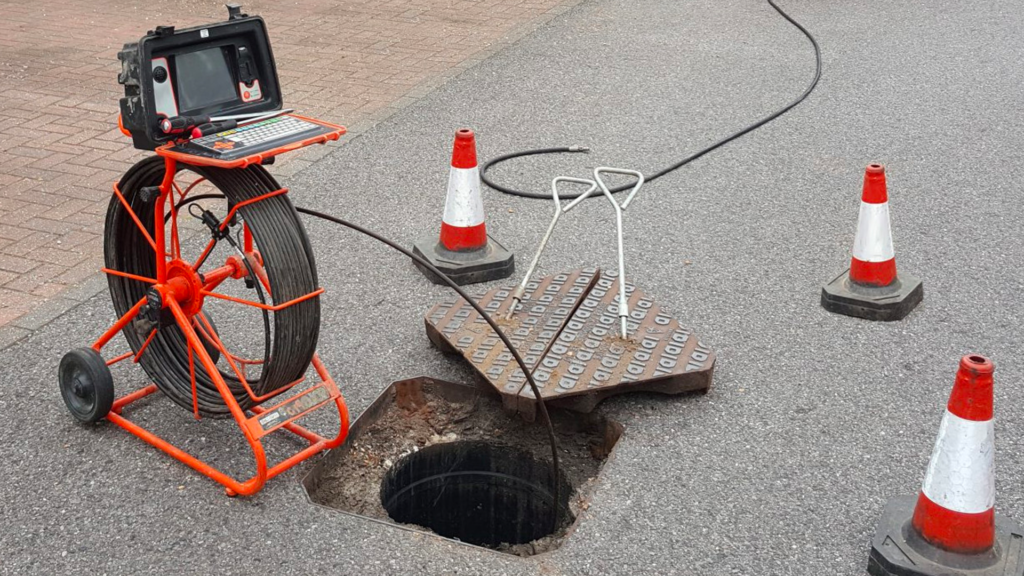Not known Facts About Reclaim Waste
Table of ContentsThe Reclaim Waste PDFsNot known Factual Statements About Reclaim Waste An Unbiased View of Reclaim WasteExamine This Report on Reclaim WasteThe 3-Minute Rule for Reclaim Waste
Discover the kinds, events, and forms of fluid waste. Residential sewer waste refers to the waste and products from a domestic septic tank. This type of waste is created by humans in homes, schools, and various other structures. This only consists of septic storage tanks that have a drainpipe area. The appropriate administration and disposal of domestic sewage waste call for fluid waste to be transferred to a sewage therapy plant where the appropriate methods and tools are put on purify and get rid of waste.
Industrial waste frequently includes prospective dangers, such as flammable materials or a blend of fluid and solid waste products, and calls for an advanced and in-depth disposal procedure. The disposal of commercial waste generally includes the purification of waste before transportation to guarantee secure and correct disposal. Industrial waste is produced from results and drainage of industrial processes and production.
This type of waste can not make use of the same sewage monitoring transportation or procedures as septic or commercial liquids. The commercial waste management process requires the assessment and screening of fluid waste prior to it undergoes the disposal process (liquid waste disposal). Drainage waste is the liquid waste that originates from drainage and excess stormwater in very populated areas or cities
Drainage waste can create contamination and flooding otherwise handled properly. Discover more concerning sewer cleaning and waste management. Guaranteeing proper waste administration can protect against calamities and reduce ecological injury. Both individuals in property setups and experts in commercial or manufacturing sectors can take advantage of recognizing the procedures and guidelines of liquid waste administration.
Excitement About Reclaim Waste
Contact PROS Services today to learn more about our waste monitoring and disposal solutions and the appropriate ways to take care of the fluid waste you create.
(https://blogfreely.net/reclaimwaste1/yc311a58b1)This so-called 'wastewater' is not just a crucial source but, after therapy, will be launched to our land, waterways or the sea. Used water from commodes, showers, baths, cooking area sinks, laundries and industrial procedures is recognized as wastewater.

water made use of to cool equipment or tidy plant and devices). Stormwater, a form of wastewater, is overflow that moves from agricultural and city locations such as roofs, parks, yards, roadways, paths and gutters into stormwater drains, after rain. Stormwater streams neglected straight to neighborhood creeks or rivers, at some point reaching the sea.
Get This Report about Reclaim Waste
In Queensland, many wastewater is treated at sewage therapy plants. Wastewater is transported from domestic or industrial sites via a system of drains and pump terminals, understood as sewerage reticulation, to a sewer treatment plant.
The Department of Natural Resources advises neighborhood governments concerning handling, operating and maintaining sewerage systems and therapy plants. In unsewered areas, city governments might call for homeowners to mount specific or family sewage therapy systems to deal with domestic wastewater from commodes, kitchens, restrooms and washings. The Division of Natural Resources authorises the use of home systems when they are proven to be reliable.
In some brand-new communities, therapy of some stormwater to remove clutter, sand and crushed rock has actually started using gross contaminant traps. Wastewater treatment occurs in four phases: Removes solid matter.
Utilizes tiny living microorganisms knows as micro-organisms to break down and remove continuing to be dissolved wastes and great particles. Micro-organisms and wastes are integrated in the sludge.
What Does Reclaim Waste Do?
Nutrient removal is not offered at all sewer therapy plants since it calls for expensive specialized devices. Clear liquid effluent produced after treatment might still have disease-causing micro-organisms - liquid waste removal melbourne.

The majority of wastewater moves into the sewerage system. Under the Act, neighborhood governments carry out authorizations and licences for eco relevant tasks (Ages) involving wastewater launches that could have a neighborhood effect.
The Greatest Guide To Reclaim Waste
Surveillance offers factual info about water quality and can verify that licence conditions are being met. The information gotten through monitoring provides the basis for making water high quality decisions.